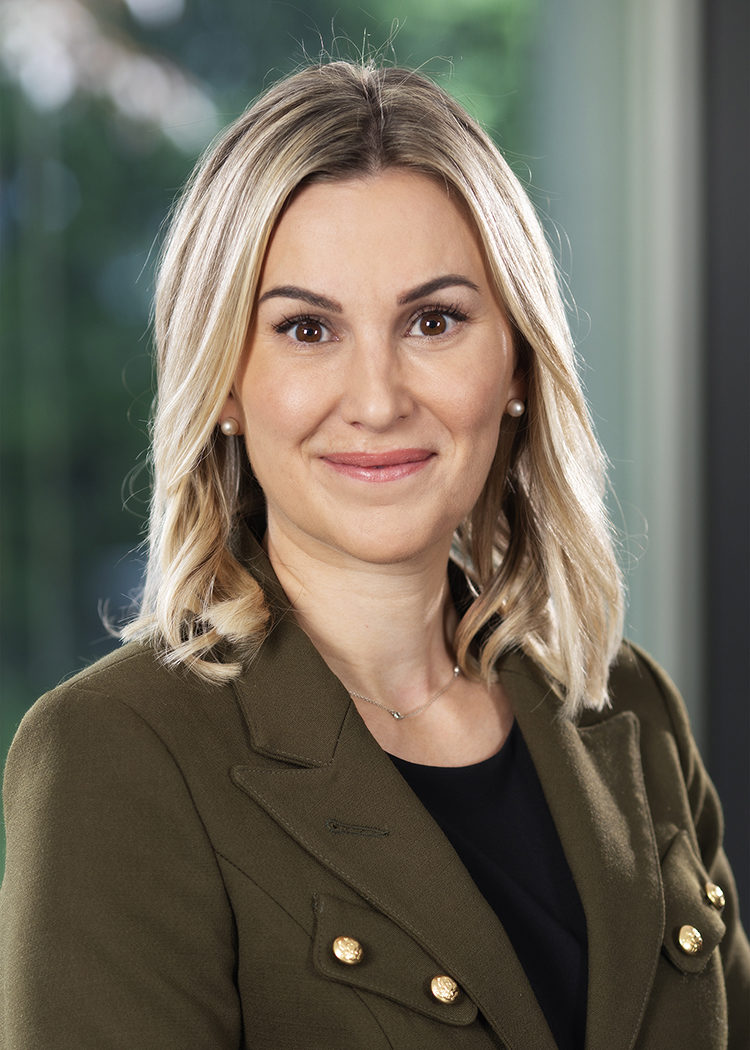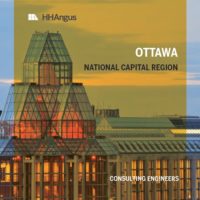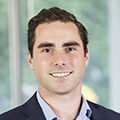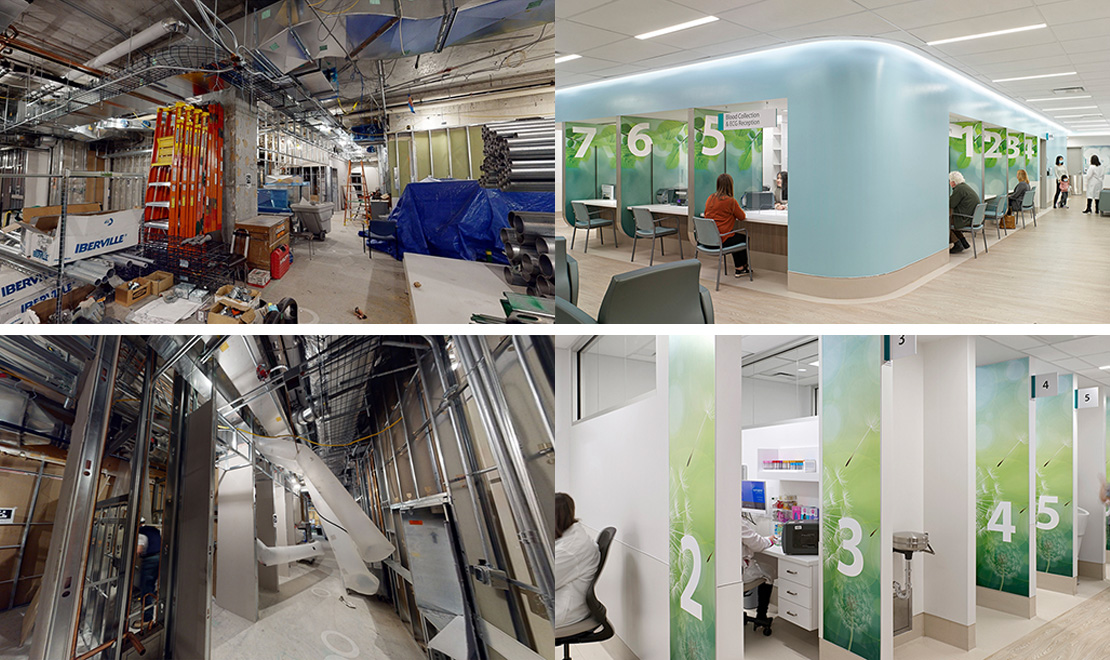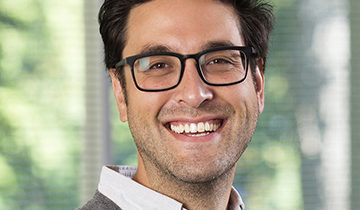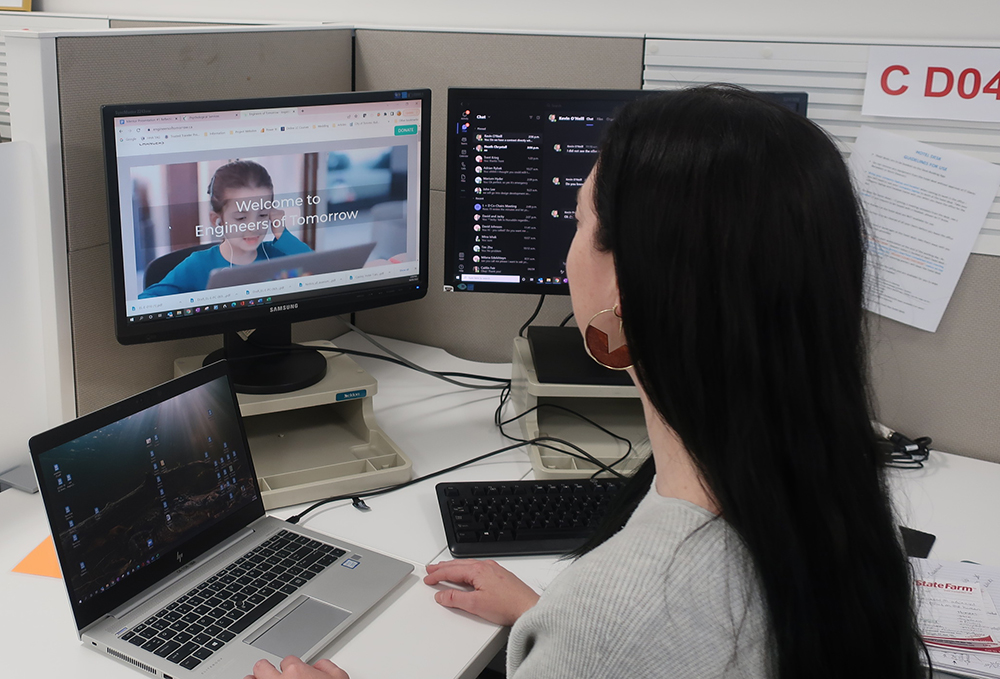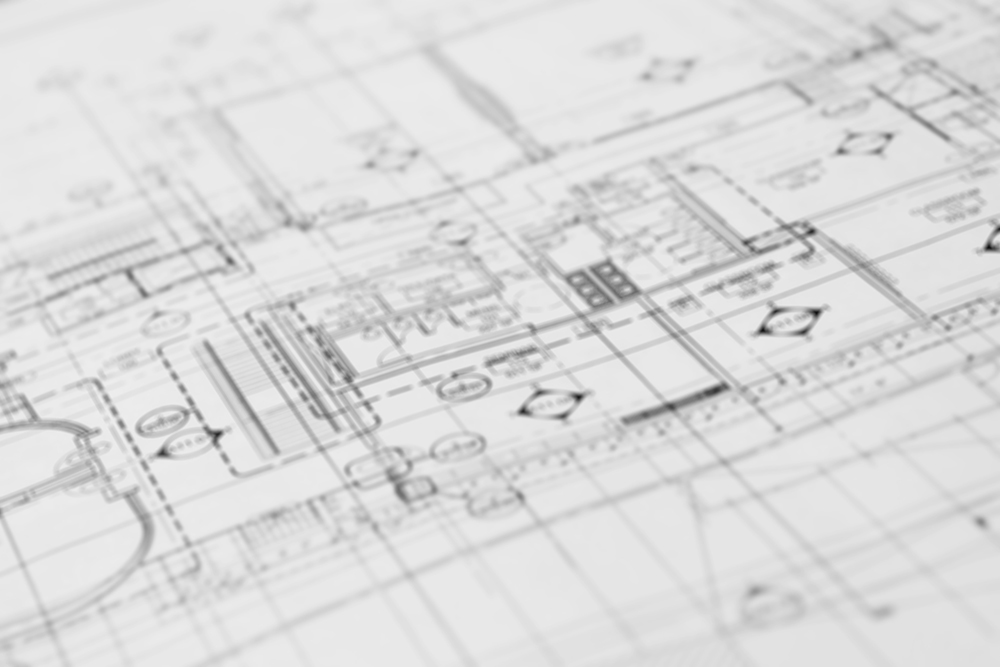We’re delighted to announce our expansion into Ottawa and the National Capital Region (NCR).
HH Angus has been successfully delivering projects in the Ottawa region for many years, and we’re excited to have now opened a permanent office there. Our current work in the NCR includes mission critical work for a major national bank and a telecom company, as well as commercial tenant work for a large financial institution. We have many completed projects for clients such as Tunney’s Pasture, Ottawa General Hospital, Algonquin College, National War Museum, National Art Gallery, Canadian Food Inspection Agency, Carleton University, Government of Canada’s John A. Macdonald Building, University of Ottawa, TD Bank, Delta Hotel, Public Services and Procurement Canada, and Bank of Montreal, among others.
Expanding our presence in Ottawa allows us to collaborate even more closely with our existing clients who have projects in the area, while creating new relationships. With 100+ years in business, we bring deep expertise across a range of sectors, including healthcare, commercial, education, hospitality, mission critical and lab/research facilities, energy/utilities, industrial, sports and recreation, and transportation.
Our core services include mechanical and electrical engineering, sustainability consulting (LEED, WELL, Net-Zero, Living Building Challenge, low carbon energy, energy modeling and CFD analysis), lighting design, ICAT (Information and Communications Technology) design, vertical transportation, tenant improvements, commissioning, digital services (BIM, 3D reality capture, digital twin), and digital strategy and planning consulting.
